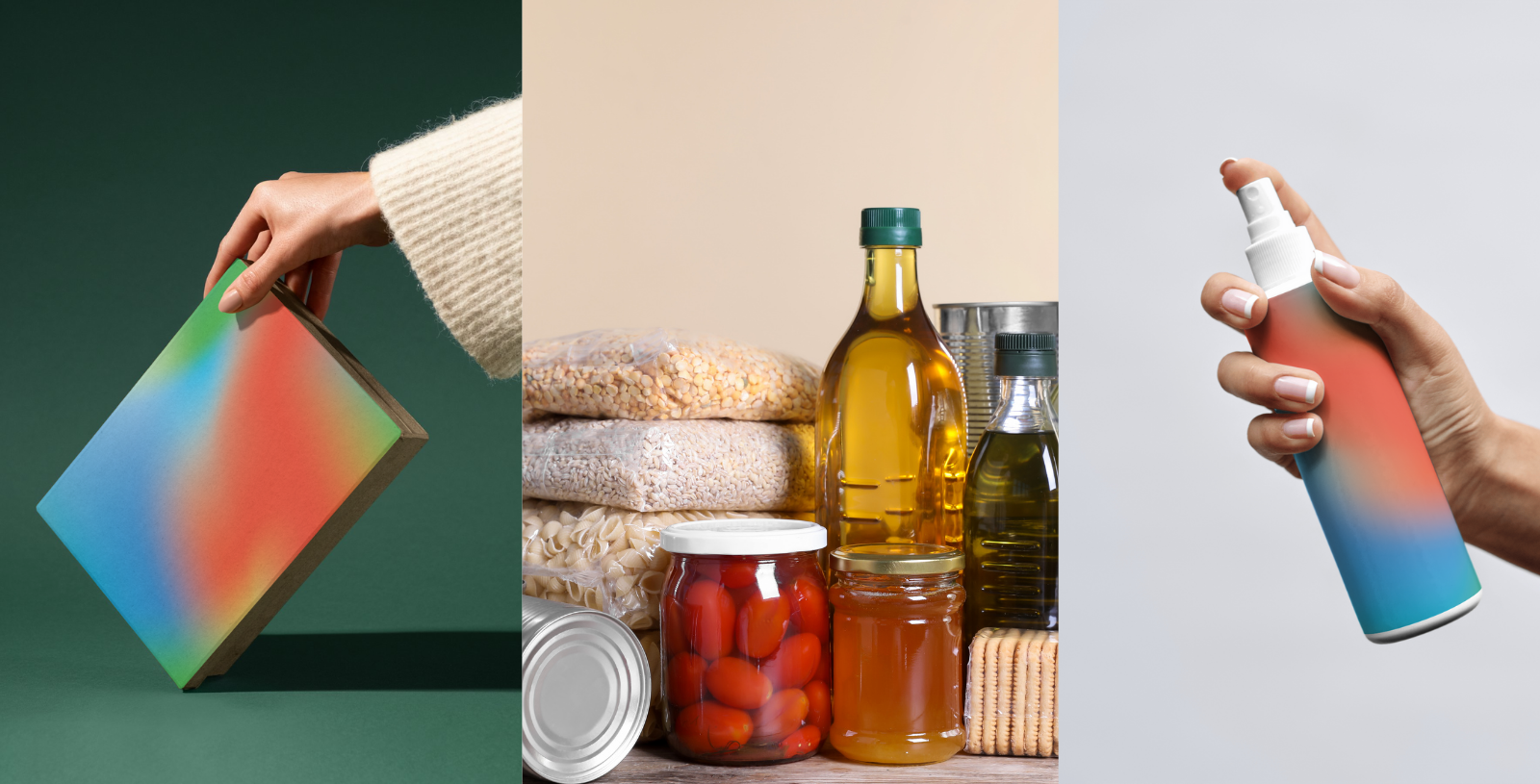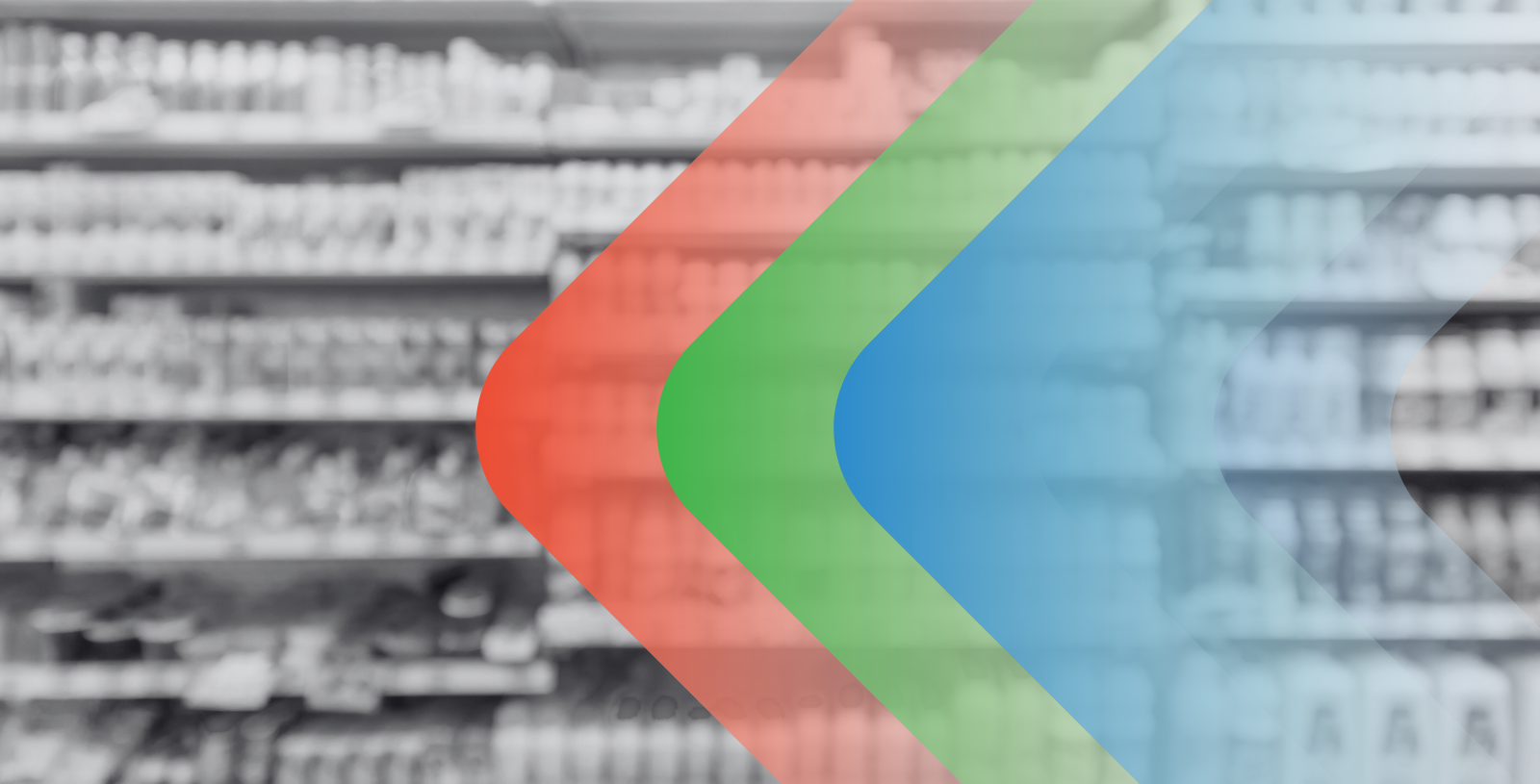I’ve been working in marketing for over 15 years and… CPG marketing is a different beast. Here’s the reality:
Competition is brutal.
Everyone is fighting for limited shelf space, both in-store and online.
Brand loyalty? Practically non-existent.
Gen Z loves to explore new brands and switch things up, making it tough to keep them engaged long-term. On top of that, inflation has made consumers more price-conscious than ever, often leading them to pick whatever fits their budget that week rather than sticking to a favorite brand.
Data? Good luck.
Unless you’re a DTC unicorn (spoiler: most CPG brands aren’t), your ecommerce sales are minimal, leaving you with little insight into your actual buyers. Let’s be honest—no one’s impulse-buying dish soap from your website.
Over the years, we’ve worked with various CPG brands and learned a thing or two about what actually works. Here are a few insights that might just save you some headaches:
Top CPG Marketing Tactics

1. Retail Media: Your New Best Friend
If your products live on Walmart, Amazon, or any major grocery store’s ecommerce site, retail media is a must. Sponsored product ads, display placements, and off-platform retargeting can help you gain visibility where shoppers are actually making decisions (a.k.a. not on your website).
2. Brand Awareness Over Performance (Kind Of)
Look, I love ROAS as much as the next performance media buyer, but let’s be real: most people aren’t clicking a paid ad and buying a bag of chips immediately. Instead of chasing direct conversions, invest in upper-funnel campaigns—think video, social media, and influencer marketing—to stay top-of-mind when people do finally hit the grocery store.
3. Influencer Marketing: The Shelf Talker of the Internet
People trust people more than they trust brands. Partnering with influencers (especially micro and mid-tier ones) to demo your product can help build credibility and drive consideration. Bonus points if you tap into TikTok trends—because nothing sells out faster than a product Gen Z decides is “must-have.”
Also, more and more CPG brands are also tapping creators to produce content specifically for their own social profiles. It’s a smart way to inject fresh, relatable storytelling into your feeds—without the high cost and time investment of in-house production. You get polished, on-trend content that feels authentic to the platform, created by people who know what performs.
4. First-Party Data: Make It Happen
While you might not have detailed ecommerce data, that doesn’t mean you’re completely in the dark. Loyalty programs, direct mail coupons signed-up from social media, QR codes on packaging—these are all ways to collect first-party data and build your audience for future marketing efforts.
Additionally, running social media contests can be an engaging way to capture valuable customer information while boosting brand interaction. Encourage users to enter by signing up with their email or engaging with your brand, turning a fun experience into a data collection opportunity.
5. Sampling and Promotions: Old-School Still Works
Freebies never go out of style. Whether it’s in-store sampling, digital rebates, or partnerships with subscription boxes, getting your product into people’s hands is half the battle. Combine this with digital campaigns to reinforce awareness post-trial.
We’ve also had great success with brands promoting $1 off coupons on social media and programmatic campaigns, driving significant engagement and encouraging trial among price-sensitive shoppers.
6. Geo-Fencing for Hyper-Targeted Engagement
Geo-fencing is a powerful tactic for CPG brands looking to reach shoppers in real-time. By setting up virtual boundaries around key retail locations, you can serve targeted ads, promotions, or special offers to consumers when they enter a specific area. This is especially effective for driving in-store traffic, increasing awareness near point-of-sale locations, and reinforcing promotions when shoppers are most likely to make a purchase.
7. Make Your Brand Easy to Find on Search Engines
Your website might not be your top-performing sales channel, but that doesn’t mean it should be invisible. People still Google your brand to learn more about you, and if your site isn’t easily accessible, you’re leaving money on the table. SEO ensures that when curious shoppers go looking, they actually find you.
Make sure your site is optimized with clear product information, FAQs, and high-quality content to boost visibility.
If your product solves a specific problem, creating blog posts or educational content around that need can be a great way to boost brand awareness. If people are searching for solutions, why not position your brand as the answer? A well-timed blog post or how-to guide can help nudge consumers toward purchase—before they even step foot in a store.
Additionally, investing in brand search ads is sometimes underrated. Controlling the messaging people see when searching for your products is a game-changer. Tie in promotions, match your TV ad messaging with search ad copy, and maintain consistency across all touchpoints to reinforce your brand presence and influence purchasing decisions.

Measuring Success in Digital Marketing for CPG
Measuring success in CPG digital marketing goes beyond direct conversions. Since most sales happen in-store, tracking impact requires a mix of metrics:
Look at brand lift studies to measure awareness and consideration. Platforms like Meta and Google over brand lift studies to measure the impact of a campaign on brand recall, and brand awareness. Check out our blog post on the topic here.
Track engagement rates on social media posts and influencer campaigns to gauge product interest.
Use add-to-cart rates and click-through rates in retail media campaigns to see intent.
Don’t forget first-party data collection—building an owned audience through email sign-ups and loyalty programs can be a long-term win.
Another way we’ve tracked the impact of a marketing campaign for a CPG company was to test out a specific market. Launching geo-targeted campaigns in a specific region enables you to compare sales performance against other markets. This controlled approach also helps refine messaging, creative, and media strategies based on real-world performance before committing to a larger investment.
Success isn’t just about immediate ROI—it’s about building a brand that stays top of mind when consumers make their purchase decisions.
The Takeaway
CPG marketing is tough, but not impossible. Success comes from a mix of strategic awareness campaigns, retail media investment, influencer partnerships, and creative first-party data collection.
Consumers might not be loyal, but they do have habits. Your job? Make sure your brand fits seamlessly into their routine—whether it’s on their For You page, their grocery list, or (if you’re lucky) their shopping cart.
Working for a CPG brand that needs to stand out? Let’s talk.
Read it first:
Get new articles delivered to your inbox
ABOUT THE AUTHOR
Jeff Johnson
Vice-President of Paid Media @ Bloom




Share this: